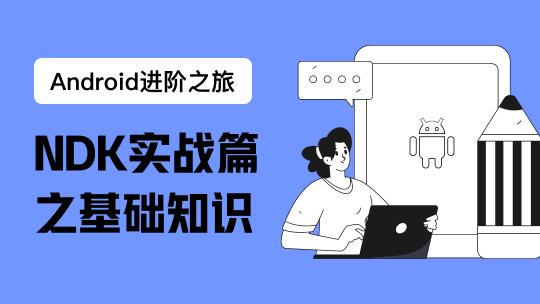Hot news from the fields of the cross-platform library "FGX Native" development.
New English Telegram channel about hot news in development of FGX Native library: https://t.me/fgx_native_en
0. Full webinar about features of FGX Native library and application development from scratch to launch where I showed the live work of the library in action. The webinar is on Russian for now but I'll try to hold one on English in the nearest time and review all library features.
1. DEBUGGER
- Start-up and application debugging from the IDE Rad Studio are fully automated now! There wasn’t any debugging support in the IDE so far.
- The set of challenges that we faced on our way to the usual debugging of applications through F9, F8, F7, are now conquered. So we can enjoy the proper debugging of the applications.
2. Platform stabilization.
- The stabilization of the platform code let us focus on the replenishment of component base and the extension of functionality.
- Due to the stabilization now we can work over new major components and empowerment.
3. Image List concept.
From the first discussion in the commentary to the actual implementation. What did change?
- The concept is implemented for Android.
- Full integration with the IDE. Starting with picture management in the IDE and to running an application with graphical resources on a real device.
- Lazy image loading. Image loading on demand, not when the app starts. This allows you to speed up the application startup and avoid the unnecessary consumption of limited mobile resources.
- Smart image deploy. The IDE’s Image Manager allows flexible managing both pictures for all platforms and for a specific platform and device type. That is why deploying an application on Android you can be sure that the application package will get pictures intended only for Android.
- Download not all but only actual (current) pictures in runtime. As the component needs an image it requests the image from the graphics resource Manager. Herewith the manager downloads to the memory only the images of the exact scale, not all the scales as it is done in the VCL/FMX ImageList.
- Integration of the mechanism of store and manage images support in existing components.
4. A new component of list data display TfgCollectionView.
- A new control to display the list data. Great mixture of TListView speed and flexability in customization TListBox. It is one of the main components for building mobile application interface.
- It is very often when within a single list we need to be able to display data of different nature. Advertising, for example, photo-post or any text. This component is intended for these purposes.
- Allows to create your own styles for elements in design-time. The style is created from any FGX Native visual controls. This means that you are not restricted in creating your own picture as it is done in TListView.
- You can choose what style to use in displaying your business data.
- You can fill the element created in your style with you data - title, pictures, description, etc.
- Speed is achieved due to the fact that the component doesn’t keep the data in itself but is responsible only for their displaying. At the same time, when you create a list of 1,000 or 10,000 items, only what fits on the screen will be displayed. This is what allows to achieve the highest speed in displaying any lists.
- And that's not all, there is still a customized mode of placing elements, animation of changing the list (adding, deleting, expanding, etc.)
- Examples of working process are on the attached images and in video.
5. A new control TfgDrawerLayout is the extendable panel.
- Extendable side panel is for creating navigation through your app. (The examples on screenshots and video)
- Fully native control with good speed and evenness of work.
6. Base control TfgImage. New version of Classic.
- Implemented for Android designer.
- Display mode of 9-patch image. You can see an example of working with shadows on the attached screenshots.
- All kind of picture display mode (AspectFit, AspectFill, Stretch, Center, Top, Bottom, Left, Right, TopLeft, TopRight, BottomLeft, BottomRight)
7. Base control TfgProgressBar - progress bar.
- Implemented for Android designer
- Min, Max, Progress
- Initial customization support through tints (adjusting hue). Examples on screenshots.
8. Base control TfgActivityIndicator - activity indicator.
- Implemented for Android designer. Examples on screenshots and video.
- Initial customization support through tints.
9. TfgButton
- Displaying image support
- Multiple ways to display a picture
- Transparent button style
10. TfgNavigationBar
- Image for navigation
- Button insert support
And this is not all.
11. FlexBox - layout system engine
- External indents edit.
- Rules of fixation of the component size edit.
- Ahead of a new automatic selection of the width/ height of the component (Under development)
12. Code cleaning and documentation Stable API.
- Components code cleaning
- Preparing for testing
- New documentation API and translation on English
13. Some improvements in designer.
- Designers of properties to quick displaying the size and positions.
- The quick net (grid) displaying mode.
14. The minor, but not less important.
- New prototype of logo
- The development of a real application example has been started.
15. Delphi-Java bridge.
- Implemented listener work with calls of all setting types.
- Some changes in Delphi wrappers generator for Java-classes.
16. Right To Left language supporting for layout system.
- Easily switch layout direction for Left To Right and Right To Left languages. Just set value for one property and layout system will adopt interface for it.












